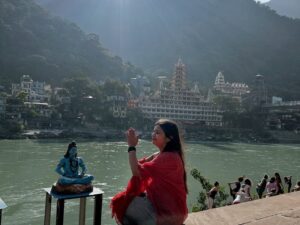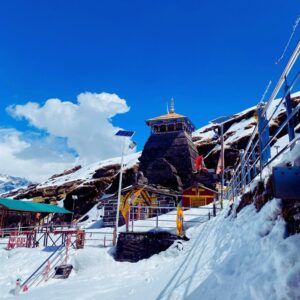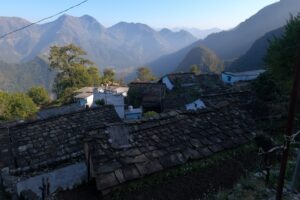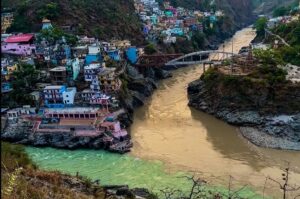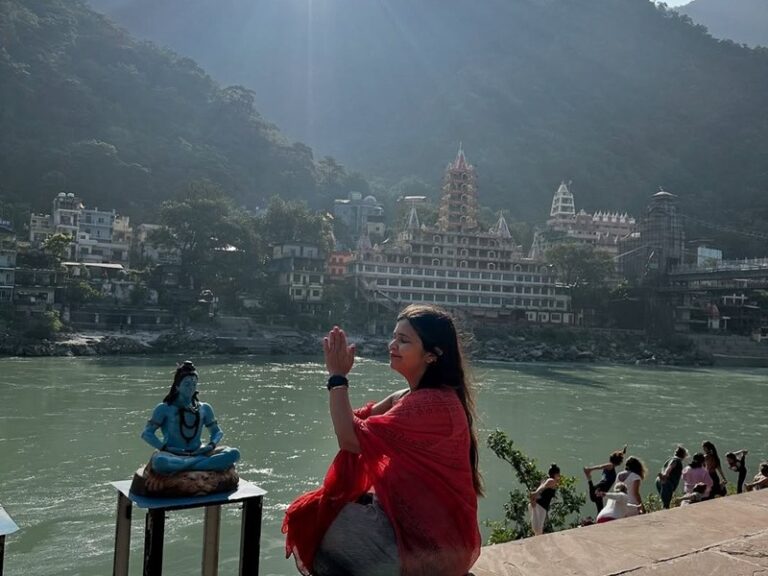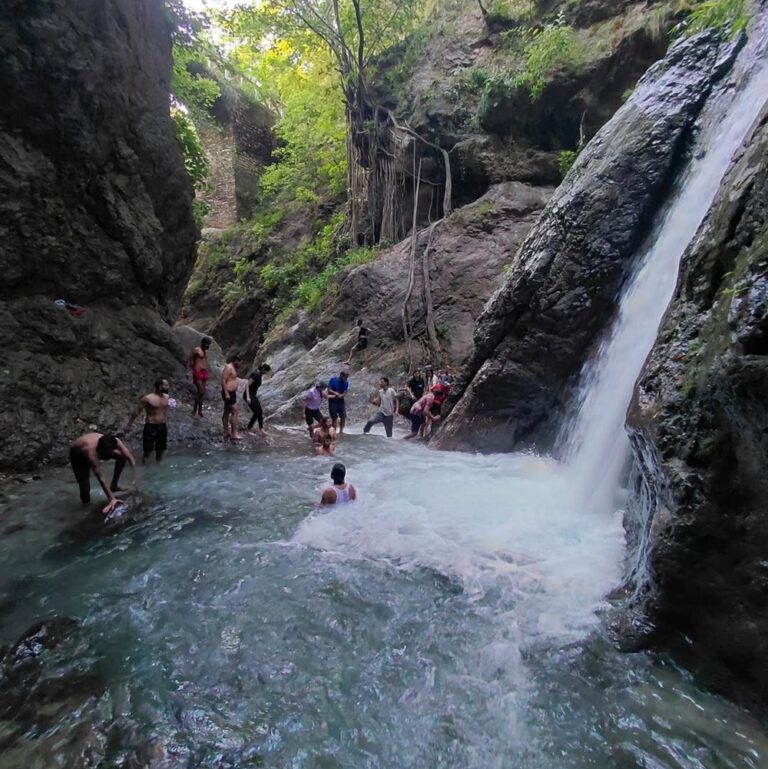Travel Options: New Delhi to Lotus Temple & Timings & Entry Fee
Delhi is a city of layers, where history and hyper-modernity exist side-by-side. From the bustling lanes of Chandni Chowk to the sprawling grandeur of Lutyens’ architecture, every corner offers a new experience. But one destination stands out for its serene contrast to the city’s pulse: the Baháʼí House of Worship, universally known as the Lotus Temple .
Overview : Delhi to Lotus Temple
For any traveler staying in the National Capital Region (NCR), navigating the journey to this architectural marvel is part of the adventure. This “Delhi to Lotus Temple: guide simplifies your travel, offering the best routes and preparing you for the tranquil experience that awaits.
The Best Way to Travel: Navigating Delhi’s Metro
When traveling across Delhi, the Metro is hands-down the most efficient and comfortable mode of transport, and it offers direct access to the temple’s vicinity.
Your Primary Destination Stop: The most convenient transit stop is Kalkaji Mandir Metro Station.
This station is a crucial interchange, serviced by the Violet Line (which connects major central and south Delhi hubs) and the Magenta Line (which connects west Delhi and parts of Noida).
Travel from Central Delhi (e.g., Connaught Place):
- Boarding: From Rajiv Chowk (Yellow Line), take the Yellow Line south to Central Secretariat.
- Change: Switch to the Violet Line (Platform 1, headed towards Raja Nahar Singh).
- Arrival: Disembark at Kalkaji Mandir.
The Final Approach (A Quick Walk): From the station exit, the striking white marble structure is just a short 5- to 10-minute walk away. You can easily spot the distinctive, symmetrical gates from the main road. Alternatively, cycle rickshaws and auto-rickshaws are readily available right outside the station for a quicker transfer.
Suggested Read: Places to visit in Rishikesh new India Gate in New Delhi
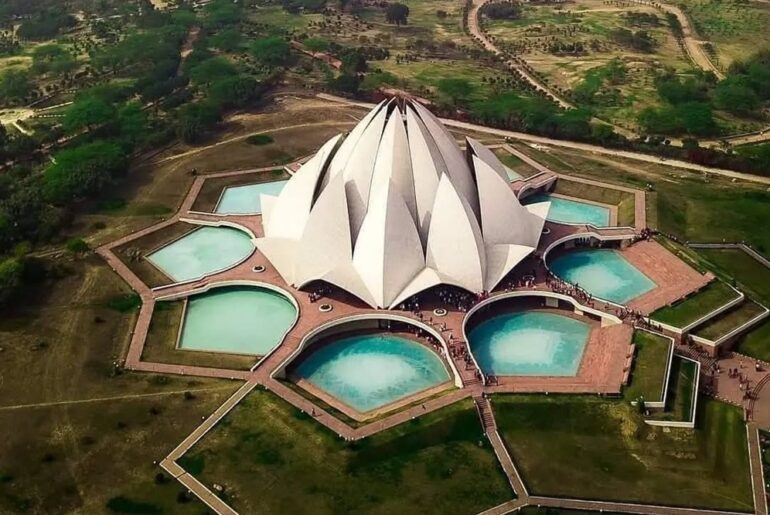
The Lotus temple in India: The Petals of Unity
The temple itself is a beacon of modern expressionist architecture. Completed in 1986, its form is inspired by the lotus flower, a symbol of purity and spirituality revered across many faiths in India.
Designed by Iranian-Canadian architect Fariborz Sahba, the structure features 27 free-standing, marble-clad “petals” arranged in clusters of three, forming nine sides. This nine-sided circular design is mandated by the tenets of the Baháʼí Faith, symbolizing completeness and unity.
The pristine white appearance comes from the use of white concrete and dazzling marble sourced from Greece. The temple sits amidst vast, meticulously manicured gardens and nine reflecting pools.
These pools serve not just an aesthetic purpose, but also an ingenious passive cooling system, drawing fresh air into the central hall, a perfect example of sustainable pre-modern engineering.
This edifice is the Mother Temple of the Baháʼí Faith for the Indian subcontinent. It is not a site for ritualistic ceremonies or sermons but rather a place dedicated to silent prayer and meditation, open to people of all backgrounds and beliefs—a true testament to the oneness of humanity.
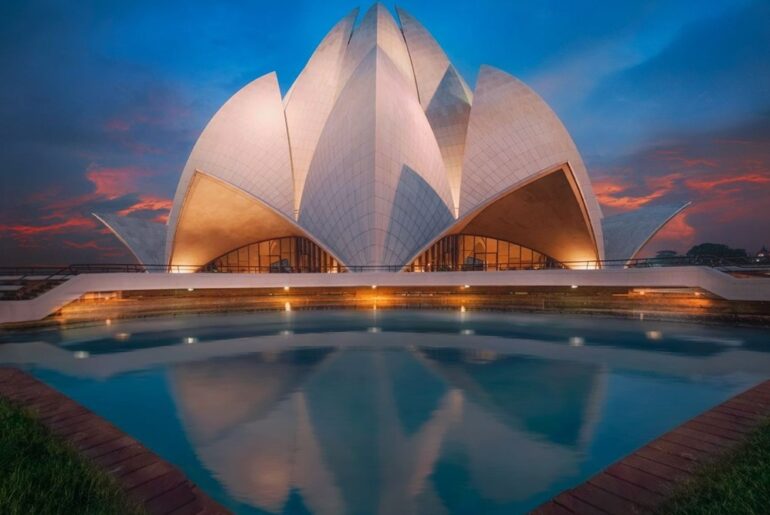
Essential Visitor Information
To help you plan your day trip seamlessly, here is a quick guide on the practicalities of visiting this revered spiritual monument.
| Topic | Details |
|---|---|
| Operational Days | Open Tuesday through Sunday. Closed every Monday. |
| Time Frame | Summer (April to September): Generally from 9:00 AM to 7:00 PM. Winter (October to March): Generally from 9:00 AM to 5:30 PM. Note: Always check the official website for current operational hours. |
| Admission Cost | Entry for all visitors is completely free of charge. |
| On-Site Facilities | An excellent Information Centre on the complex provides deep insights into the Baháʼí Faith and the temple’s award-winning design. Washroom and clean drinking water facilities are available. |
| Photography | Permitted in the gardens and exterior areas. It is strictly prohibited inside the main prayer hall and the Information Centre. |
| Dress Code | Modest, respectful attire is required. Visitors must remove their shoes before entering the temple, which are securely checked in free of charge at the entrance. |
By planning your transport and respecting the sacred nature of the space, your visit to the Baháʼí House of Worship will undoubtedly be a highlight of your time in Delhi, offering a moment of quiet reflection amidst the vibrant energy of India’s capital.
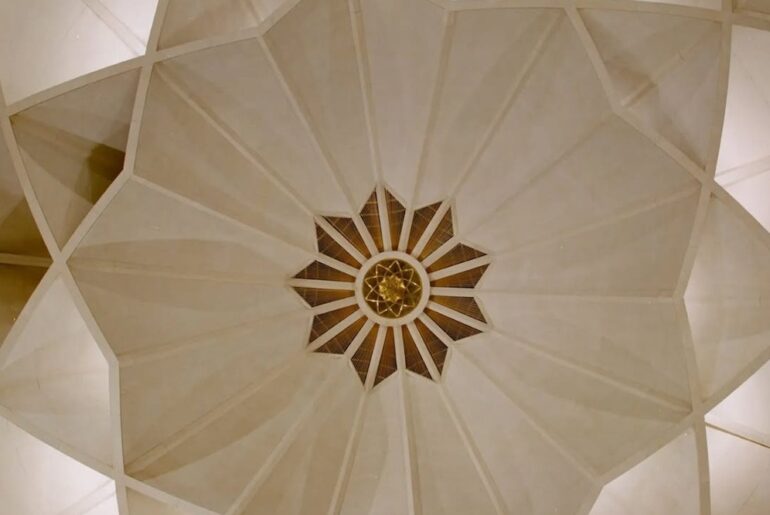
Part 2: Alternative Transportation Options
Beyond the rail network, travelers have multiple options for reaching this southern Delhi landmark, catering to all comfort levels and budgets.
Driving Your Own Vehicle: Unrestricted Scheduling
For those who prioritize autonomy, navigating the capital’s roads in your vehicle grants the ultimate schedule control.
- Vehicle Accommodation: The facility provides designated space for visitor vehicles, though volume is high, especially during holidays and on Sunday. Aiming for an early morning visit can greatly simplify securing a spot.
- Navigation: Access is typically straightforward via major thoroughfares like the Ring Road or Outer Ring Road, leading to the Bahapur, Kalkaji area. Always use a GPS app for live traffic updates to predict travel duration accurately, as journey times fluctuate dramatically during peak hours.
Rideshares and Auto-Rickshaws: Door-to-Door Convenience
App-based taxis and motorized three-wheelers offer convenient point-to-point service directly to the main access point. These are ideal for visitors carrying luggage or traveling in small groups, as they eliminate the need to navigate the last few steps from a transit stop. Ensure you confirm the fare or use a metered service when utilizing traditional three-wheelers.
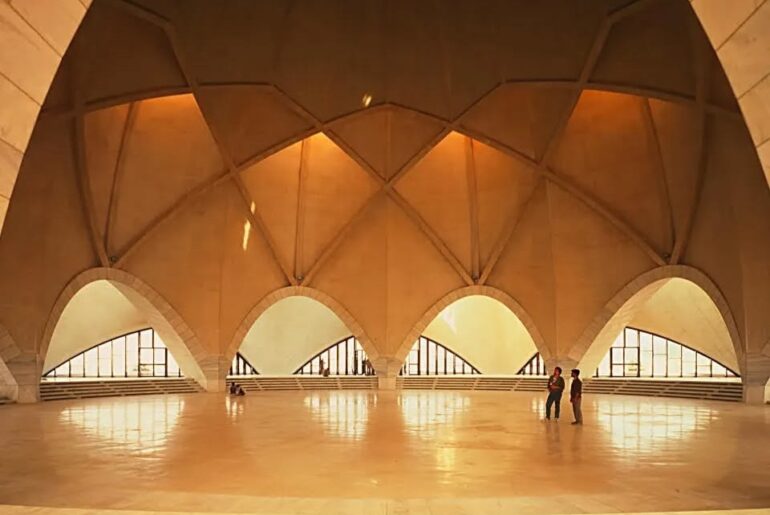
Local Transit and Foot Travel: The Cultural Connection
For the budget-conscious traveler or those seeking a more authentic local experience in Delhi, combining low-cost services with foot travel is a great choice.
- DTC Bus Network: The comprehensive public bus system is the lowest-cost alternative. Numerous routes operate near the site, dropping passengers off at stops close to Nehru Place or the Govindpuri neighborhood. Check routes arriving near the Kalkaji Mandir bus stop.
- Walking the Area: Since the structure is situated near several well-known commercial and spiritual spots (like the nearby Kalkaji shrine), walking from the Metro stop or a bus stop is enjoyable.
- The surrounding gardens are part of the complex’s appeal, making the short journey on foot a pleasant prelude to the main attraction. For very short distances in the immediate vicinity, you can also utilize a human-powered cycle rickshaw for an eco-friendly and traditional mode of transit.
Visitor Preparation: Your Essential Checklist
To ensure a seamless experience at this world-renowned site, keep these important details in mind:
| Detail | Consideration |
|---|---|
| Operational Days | The monument is closed every Monday. Plan your trip for Tuesday through Sunday. |
| Admission | There is no charge for entry to the facility or the prayer hall. |
| Prayer Hall Conduct | Visitors must observe silence inside the main structure and its surrounding pools. Photography is permitted on the grounds but strictly prohibited inside the prayer hall. |
| Timing Tip | Visit during the early morning hours or late afternoon (before the facility closes) for the best light on the beautiful white marble and fewer queues. |
Your journey to this architectural wonder is a passage to peace—choose the transit option that best suits your needs and enjoy the tranquil beauty that awaits you in South Delhi.
Delhi to Lotus Temple Delhi to Lotus Temple Delhi to Lotus Temple Delhi to Lotus Temple Delhi to Lotus Temple Delhi to Lotus Temple Delhi to Lotus Temple Delhi to Lotus Temple Delhi to Lotus Temple Delhi to Lotus Temple


